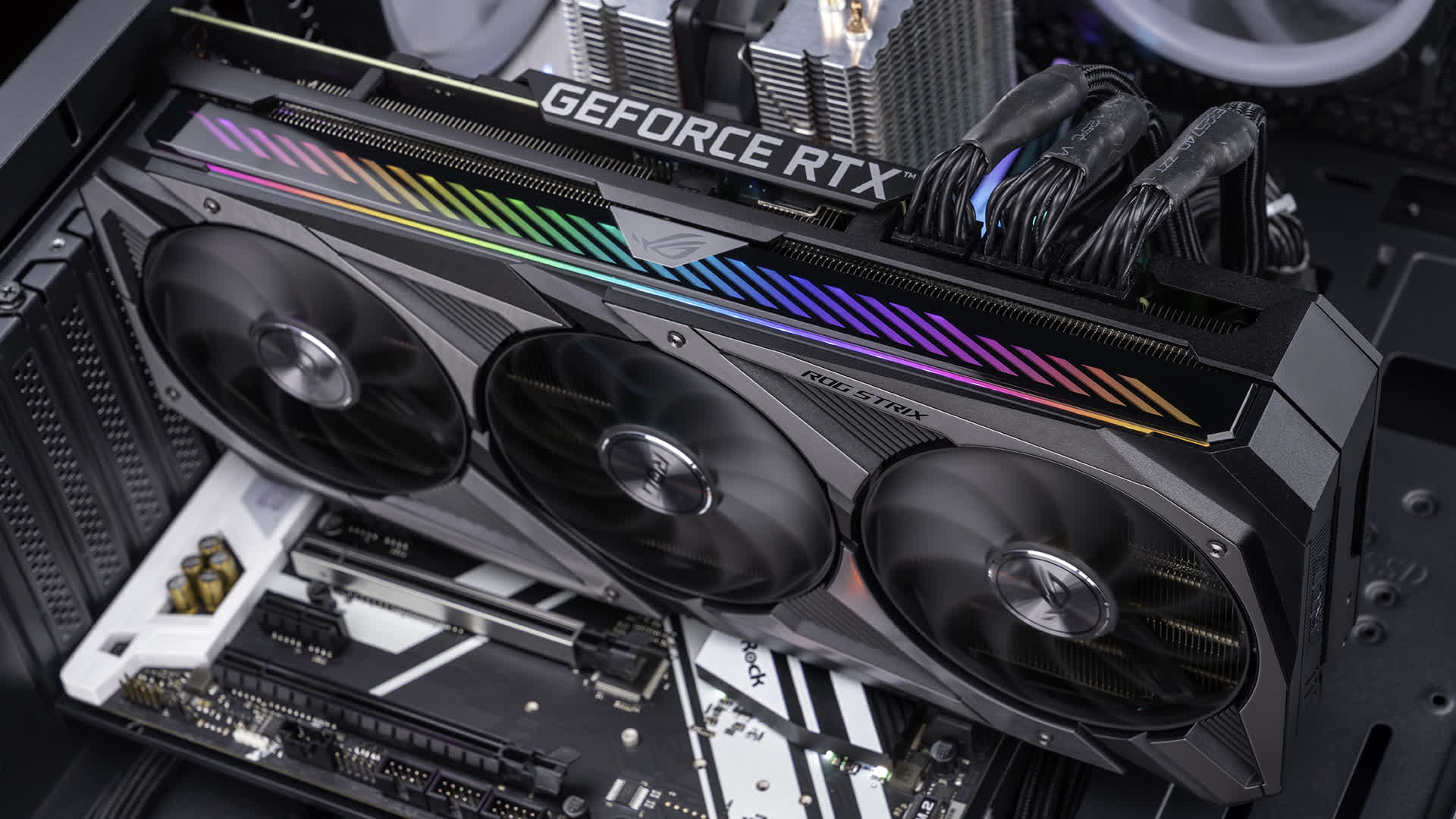Why it matters: PC enthusiasts and casual users alike are having a difficult time getting their hands on their next video card upgrade, thanks to severe marketwide stock issues. While many are quick to blame the crypto mining craze, GPU maker Asus suggests the problem is something else entirely: insufficient upstream yields.
The company floated this theory during a recent investor conference call, in which Asus discussed its successes and failures during Q4 2020. The biggest problem facing Asus – and undoubtedly other GPU companies – is a significant shortage of Nvidia cards.
"Our guess is that the gap might have been caused by lower yields upstream," Asus says in the call. "As for when [Nvidia] can increase that yield is something hard for us to predict."
"Our guess is that the gap might have been caused by lower yields upstream," Asus says...
There are several potential reasons Nvidia may be producing fewer cards than anticipated. Perhaps the company is intentionally limiting production to wait out cryptominers, or maybe it's just accounting for lower post-holiday demand (one of the more popular theories out there).
Or perhaps, as Asus hints above, the slow-down is tied to Nvidia's (relatively) recent switch to Samsung's 8nm manufacturing node for some of its Ampere GPUs.
The purpose of that move was to reduce the burden on TSMC, which was already effectively at capacity, but if it is now resulting in lower yields – as in, fewer usable cards per wafer produced – Nvidia might be regretting its choice now.
